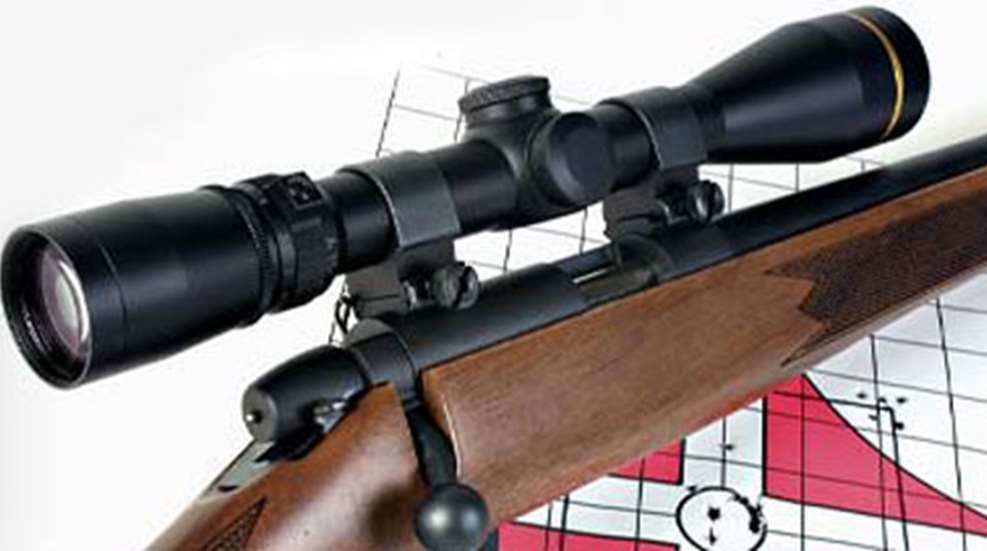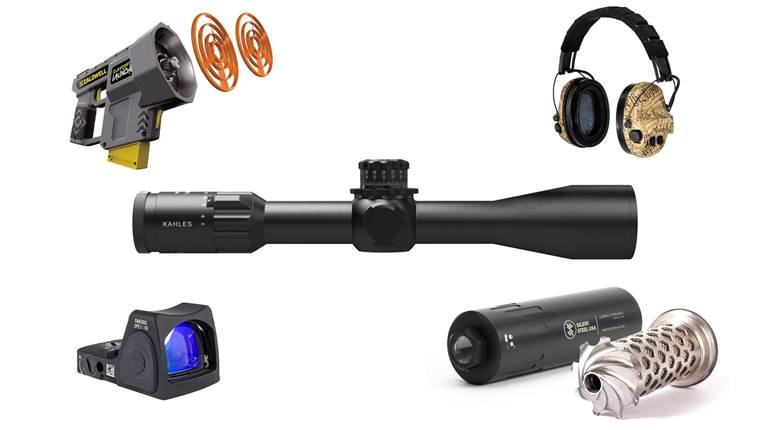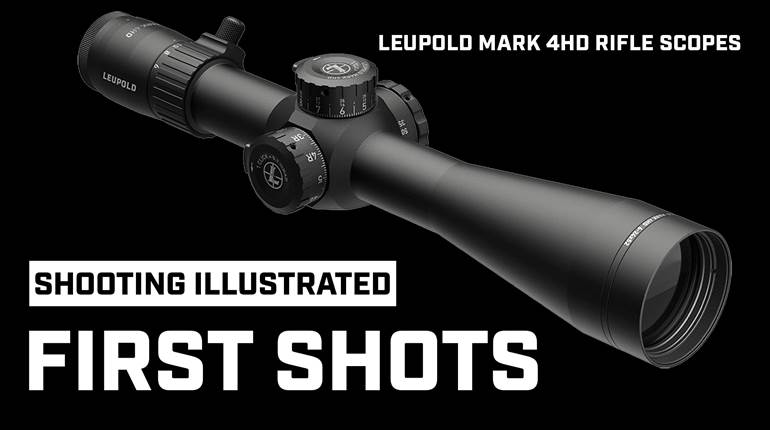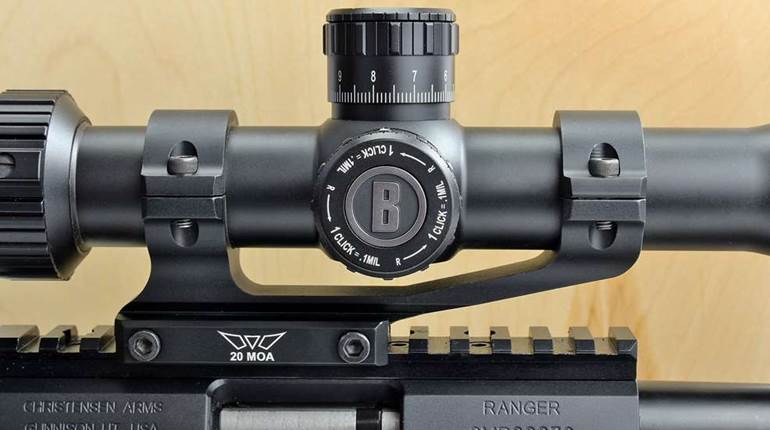
After learning last year that Leupold’s Vari-X III riflescope line would no longer be made, shooters breathed a collective sigh of relief when they realized the company had replaced the perennial favorite with one that promised better optical and mechanical characteristics: the new VX-III line.
The Vari-X III had enjoyed a long run. It made its debut in 1974 with three models and, in the ensuing three decades, won the hearts of shooters with its superb optical and mechanical integrity.
The new VX-III line lies between the company’s penultimate LPS models and its VX-II, VX-I and Rifleman scopes and easily represents the most comprehensive range. Distinct VX-III sizes, of which all but the side-focus models feature 1-inch tubes, include 1.5-5x20 mm, 1.75-6x32 mm, 2.5-8x36 mm, 3.5-10x40 mm, 3.5-10x50 mm, 4.5-14x40 mm, 4.5-14x50 mm, 6.5-20x40 mm, 6.5-20x50 mm, and 8.5-25x50 mm riflescopes and a new 2.5-8x32 mm handgun scope. Add in the possible combinations of gloss black, matte black and silver finishes, side focus parallax-correction models, target turrets, and the numerous available reticle options (including illuminated models) and the number of VX-III permutations reaches the triple digits.
The heart of the new line’s performance enhancements is its Index Matched Lens System. Pat Mundy, Leupold’s senior marketing communications specialist, said the new system involved Leupold engineers specifying different types of glass and different coatings on each of the various elements that make up the optical system of every scope in the line. Mundy said Leupold engineers performed extensive research, adding and subtracting various elements from coating formulas, before arriving at those deemed ideal for specific applications.
The result, according to Leupold, is a riflescope that is both brighter and clearer than its Vari-X III progenitor. While validating such a claim is difficult without sophisticated test equipment, our assessment was that the new scopes do provide an image that is on par, if not superior, to that of the old line. Tangible external improvements include new dials with 1/4-minute increments and true finger-adjustable knobs. Additionally, resettable pointer dials allow each knob to be returned to zero. For further piece of mind, Leupold backs each VX-III scope with a full lifetime warranty.
While we have had the opportunity to use several VX-III models afield, we concentrated our testing on a matte blue 3.5-10x40 mm scope with a Fine Duplex reticle, shooting the square with it and torture testing it during an eight-hour deep freeze at 20 degrees Fahrenheit and a subsequent dunking in hot water to determine its ability to resist fogging. As predicted, the scope passed both tests with flying colors.
We found elevation and windage adjustments positive and secure with sharp and easy to read call-offs. After first firing five shots at the center of the target we adjusted 16 clicks left and 16 up, fired another five rounds; adjusted 32 right, fired another five; adjusted 32 down, fired five; adjusted 32 left, fired five; and, finally, adjusted 16 clicks up and 16 right, firing another five shots that printed directly over our initial five.
The new VX-III riflescopes are a tangible improvement on a tried and trusted riflescope line.
Manufacturer: Leupold & Stevens, Inc.; (503) 526-1400; www.leupold.com
Model: 3.5-10x40 mm
Magnification & Objective (actual): 3.3-9.5, 40 mm
Finish: Matte black
Field Of View (feet @ 100 yds.): 11.0-29.7
Eye Relief: 3.5"-4.4"
Windage and Elevation Adjustments: 1/4"
Adjustment Range (M.O.A.): 40
Reticle: Fine Duplex
Length: 12.6"
Weight: 13 ozs.
Suggested Retail Price: $400 to $950 (depending on model)





































